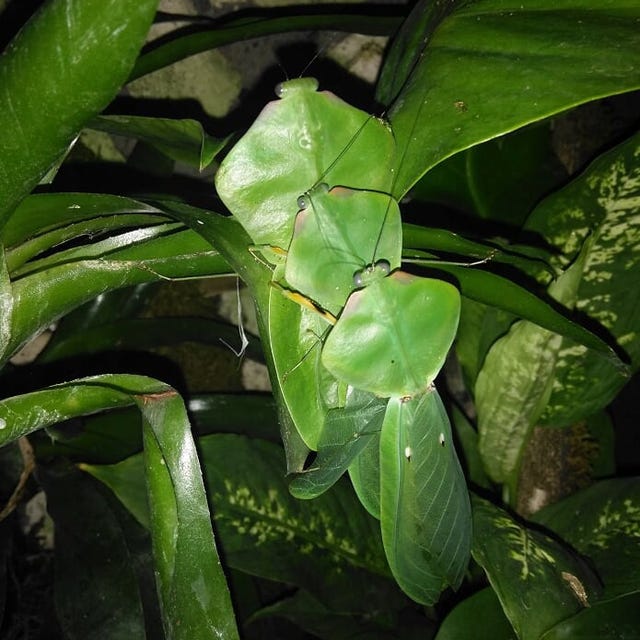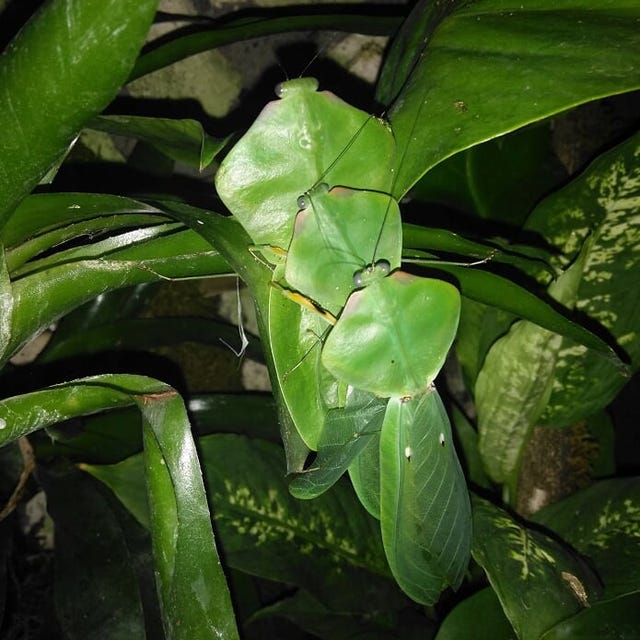
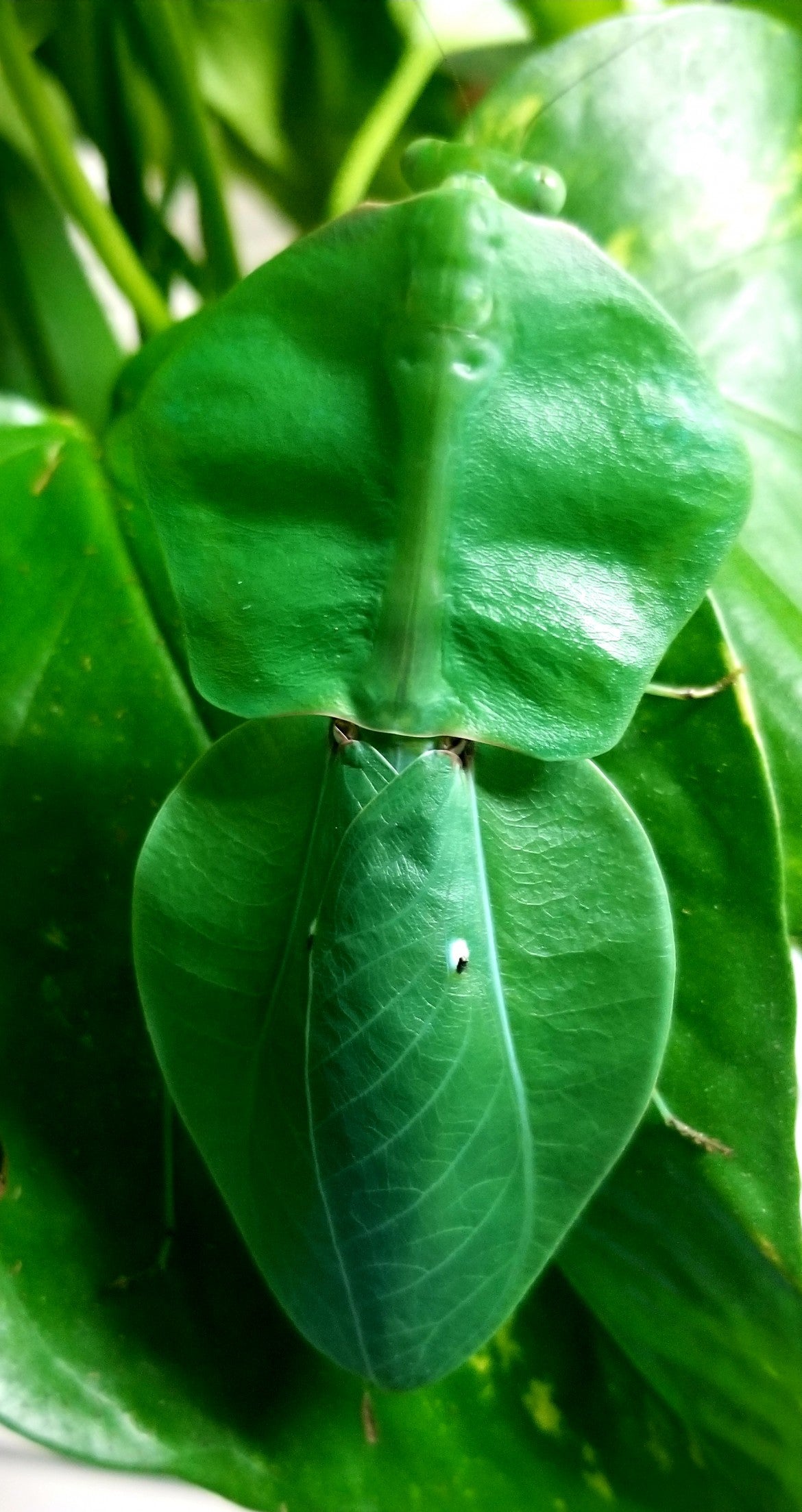
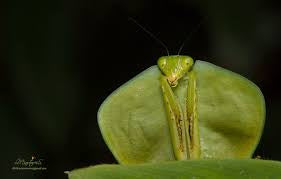
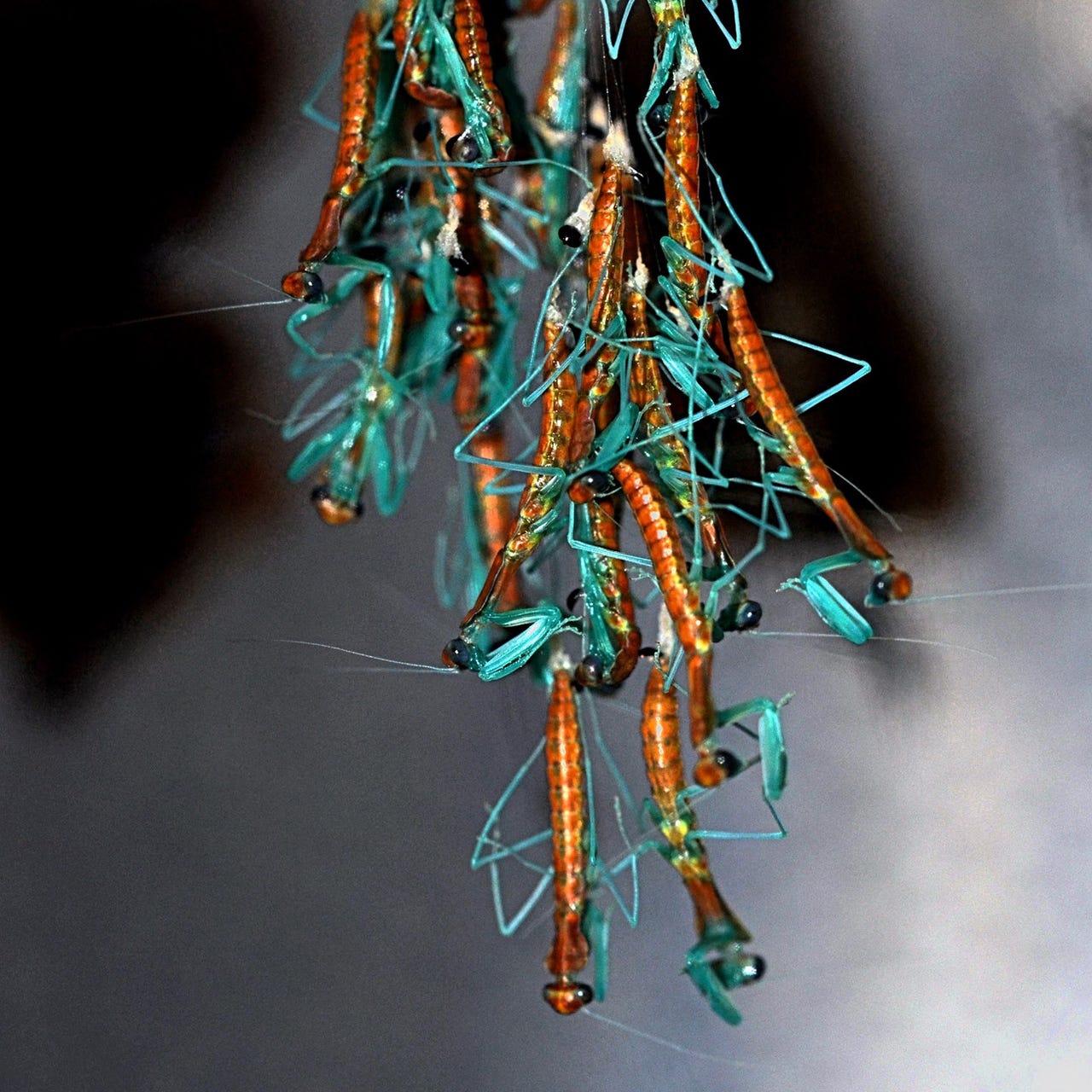
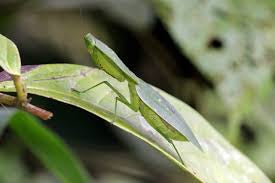
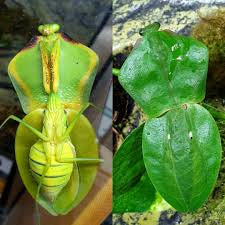
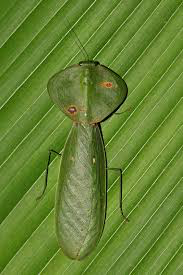
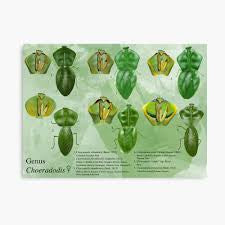
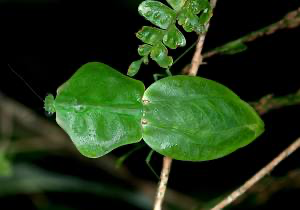
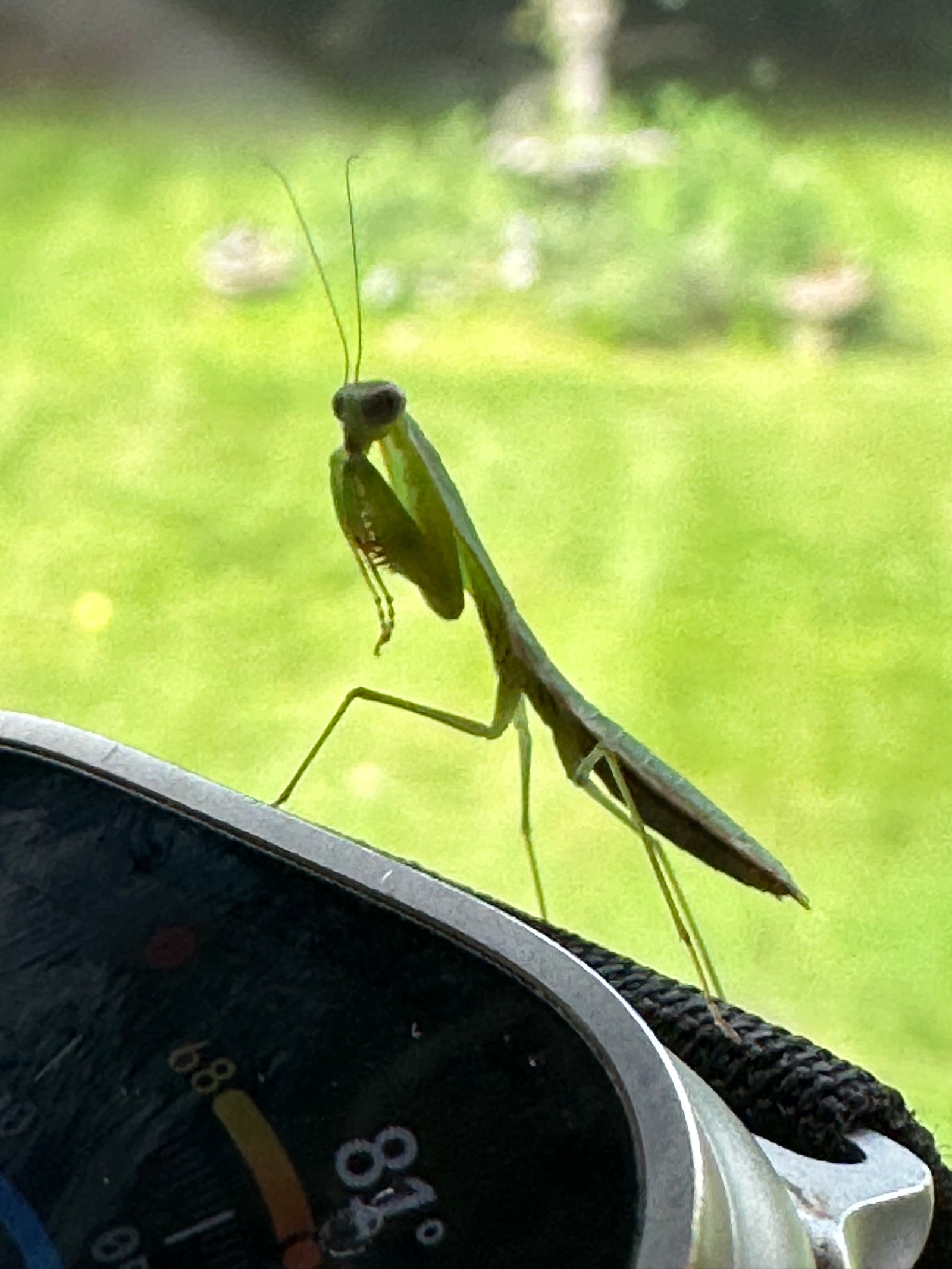
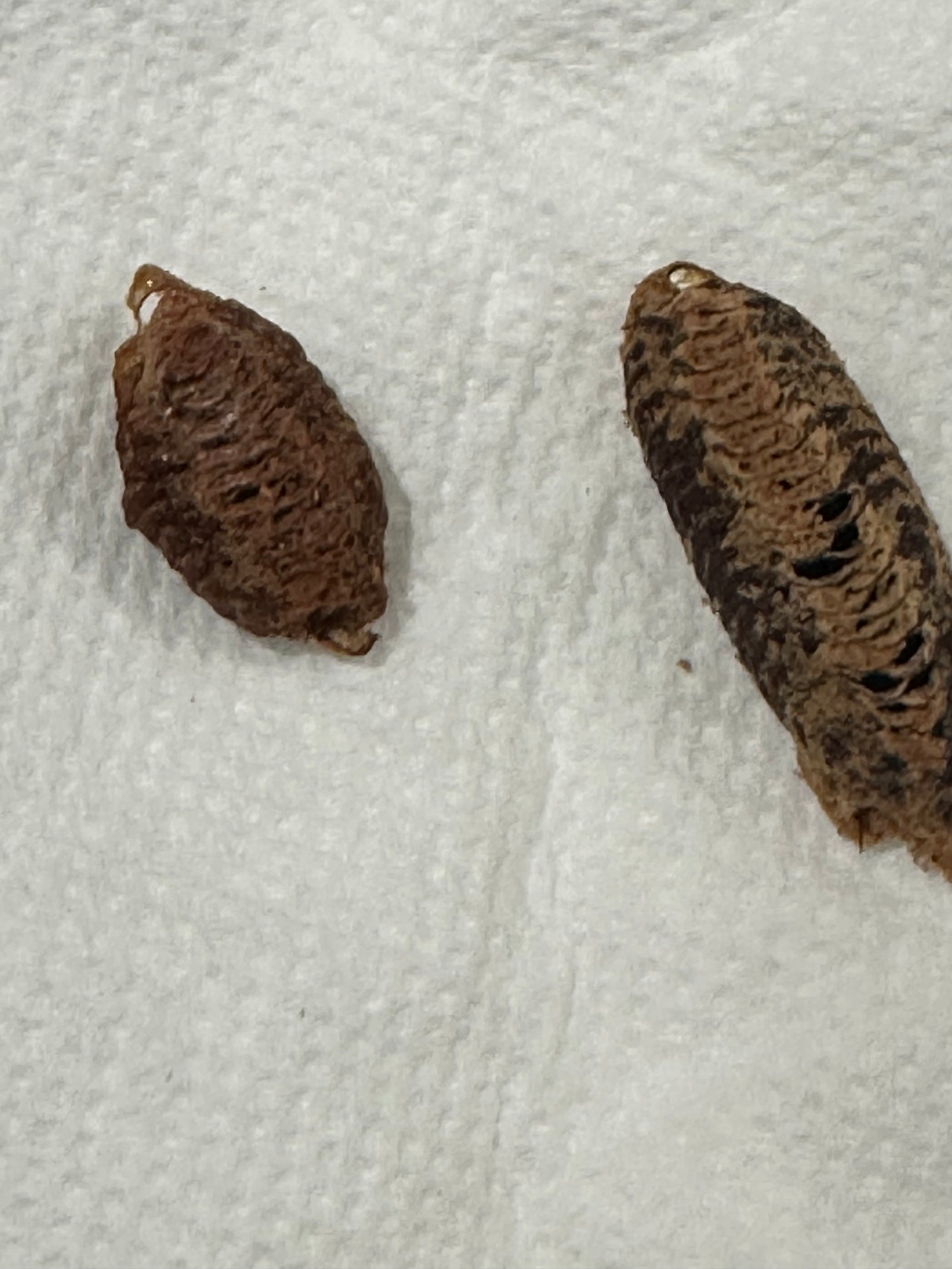
Sold out
New
Choerdodis rhomboidea Peruvian shield mantis NEW “Cobra Mantis “
$125.00 - $500.00
Choeradodis rhomboidea, common names tropical shield mantis, hood mantis, and leaf mantis, is a species of praying mantis. A native of Central America, C. rhomboidea is a lowland species.
The genus Choeradodis belongs to one of the most amazing and bizarre ones in the mantis world. Characteristic for this genus is the enormous enlarged Pronotuum (Back shield) and the deep green coloration of body and wings. This genus lives exclusively in the tropical rainforests of south america. Mainly they can be found on big, green leaves which are used as hiding places by simply laying flat on them. Because of there morphology its very hard to spot them when they are not moving. Taking care of this species isnt that easy at all. Nymphs need lots of space because they can be easily stressed by other nymphs and die easily. Also very important are enough places to hide and a high humidity(60-100%), but also a good ventilation of the enclosure. Raising nymphs will be much easier when real plants like Philodendron are used. Choeradodis tends to molt while hanging under a big leave. Its very important to constantly keep the humidity at a very high level because otherwise nymphs get stuck while molting easily. The intrinsic level of aggression isn't that high, so nymphs can be raised together when enough space is given. From my own experience i can say that its possible to keep 3 big females together in 50x80x50[cm].
Only available by request advanced mantid experience required.
Warning: ooths are never guaranteed to hatch! We are sure when sending ooths they are fertile, though much can happen in the time you get them and incubate. We do do recommend that you but ooths unless you are willing and knowledgeable to risk it

